Today we are learning about the forgotten history of Elias Palme Glassworks. It used to be a famous factory, now it is a famous ruin, but the aesthetics of ruin also attract people and currently, this old historic property is for sale.
So who was Elias Palme (1827–1893)?
Back in the times of luster and grandeur, Elias created the most luxurious chandeliers in the world.
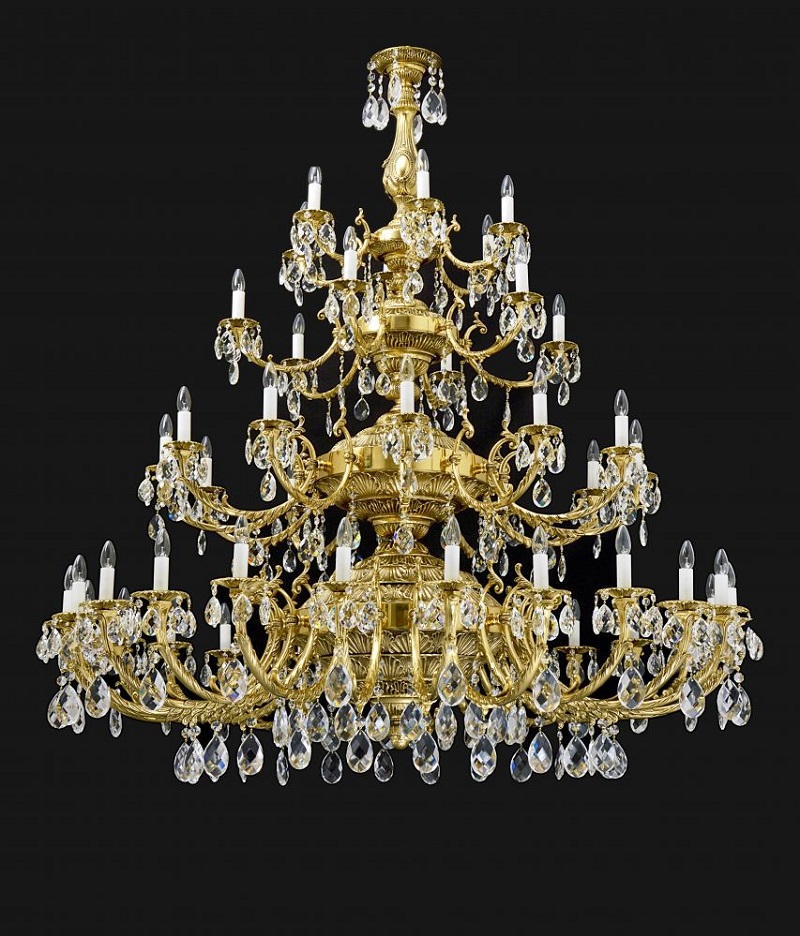
In 1849 he founded Elias Palme & Co., his crystal company.
In the first half of the 19th century, Kamenický Šenov was a well-known glass center. For more than two hundred years, glassmakers had produced marvelous glass, which very much resembled natural mountain crystal.
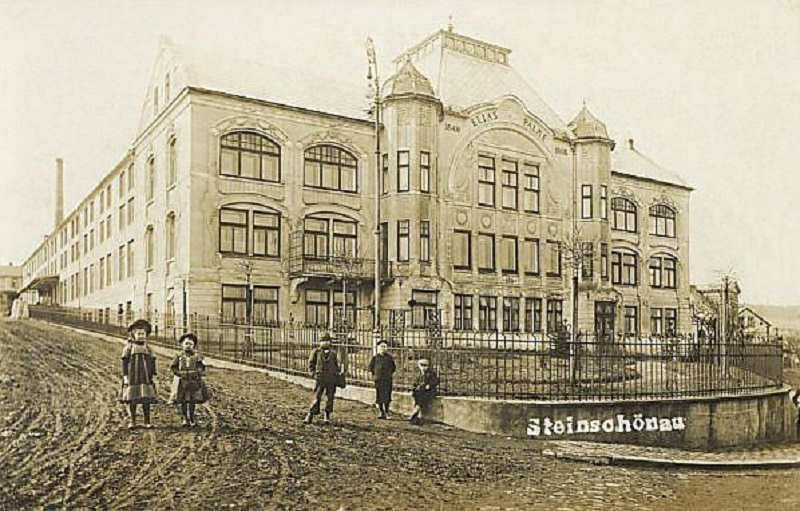
The master glassmakers gradually learned to polish it and cut it in such a way, that small elements split light in quite an unprecedented way. That is the reason why they found use in more and more popular lamps and chandeliers and how pristine Czech glass crystal was born.
Czech chandeliers soon became part of the decoration of chateaus and castles located from Scandinavia to Russia, Turkey, Spain, France and The Netherlands.
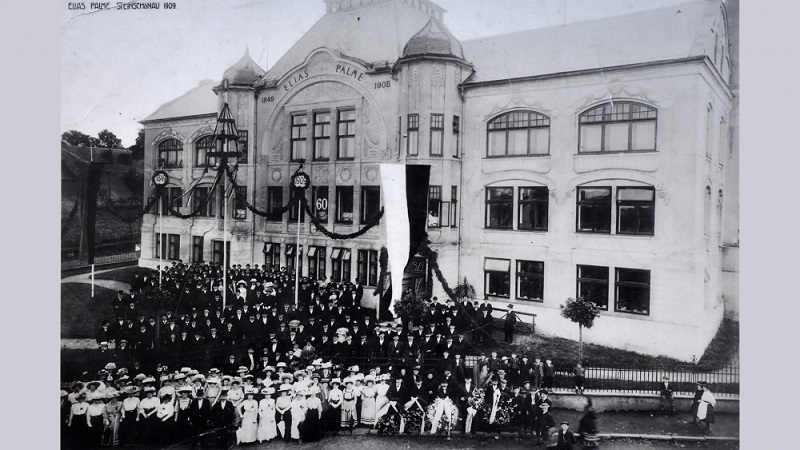
In 1905, he built a new factory called Eliáška. The former factory is located in Kamenický Šenov, which lies in a region that is well-known for its glass production and glass industry in general. His chandeliers were known the world over, and illuminated the grand opera houses of the time, including the Milan Opera La Scala and the Teatro del’ Opera house in Rome.
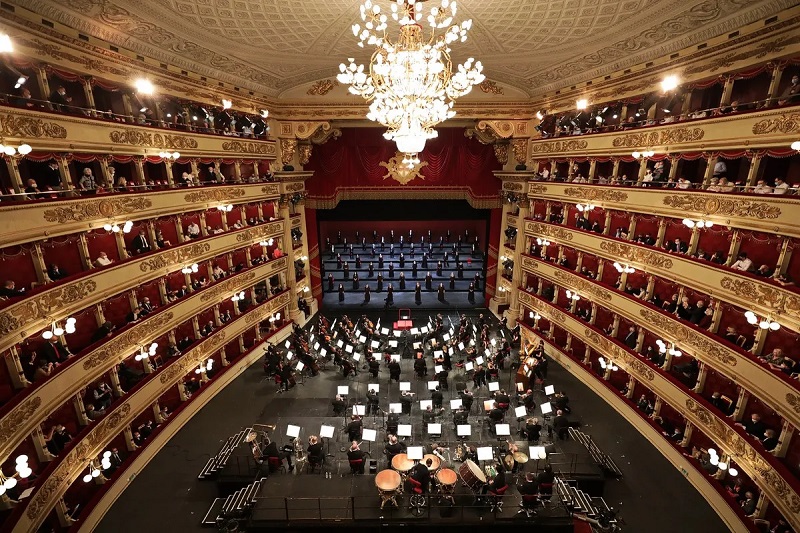
Milan Opera La Scala
The Palme company was the biggest chandelier company in the whole of the Austro-Hungarian Empire, with hundreds of employees. Elias knew his company had the potential to grow even more. His sons became shareholders, and the family team was joined by twenty-four-year-old Gustaf Adolf, who started to work as the chief clerk. He built it in a way that he knew that the name Palme would remain at the top and that his chandeliers would continue to conquer the world even after his passing.

Teatro del’ Opera house in Rome
Elias had always been a big fan of modernization and technological progress. Every time there was something new in the field, he wanted it. For example in 1876, he established the first steam-powered grinding and cutting workshop in Northern Bohemia. The prestige of his company skyrocketed and soon started to get prestigious awards.
The company received its first award at the World Exposition in Vienna in 1873, the other one at the World Exhibition in Barcelona fifteen years later.
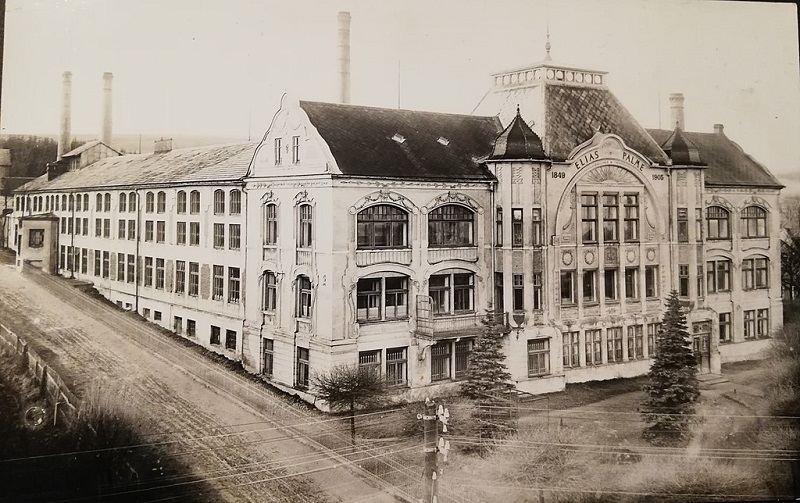
The next generation of Elias Palme’s clan of chandelier makers continued their father’s work and, as Elias had hoped, the prestige of the company grew even further. The company was now run by three shareholders, Elias’ sons Reinhold, Franz Friedrich and Gustav Adolf. A branch of the company was even established in Berlin.
The old factory was no longer suitable, and therefore they decided to build a new modern beautiful factory. The surrounding cities started to compete with each other by offering free land, but the name Palme was and still is connected to the town of Kamenický Šenov. Thus, instead of in Česká Kamenice or Nový Bor, the new factory grew in a place called Na Skřivánku at the southwest edge of Kamenický Šenov.
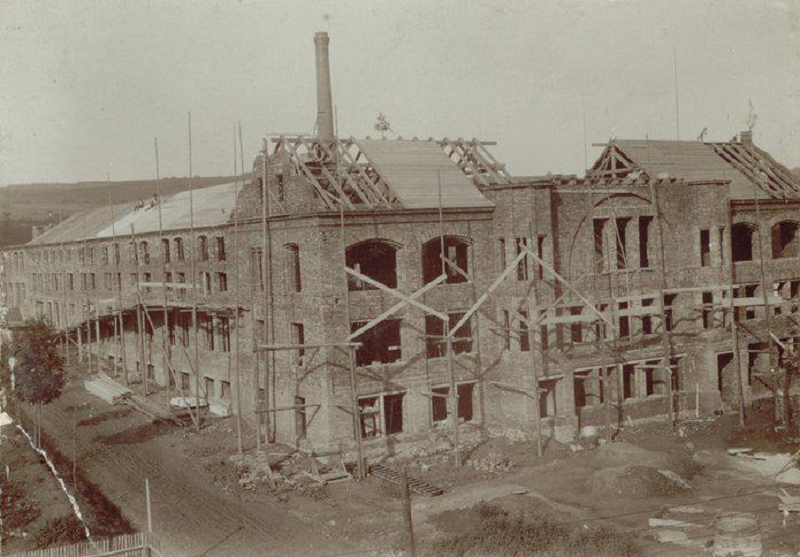
The new factory was built in 1905 and it was a reinforced concrete building with brick linings and adorned with numerous Art Nouveau decorations. It was called not only Eliáška, but was also known as the Chateau. Behind the beautiful Art Nouveau façade of the factory building were hidden glass workshops, a cutting shop, a grinding shop, a foundry, a lathe workshop, a metal worker workshop, a paint shop, and even a galvanic laboratory, as well as offices and a full exhibition hall.
Scroll your mouse over the gallery below to see many more photographs.
It still stands as proof of a time when the industrial function of a building was combined with quality architecture. The new factory was so beautiful that locals started to call it Chateau of Eliaška, which is the name that most people still use today.
This once beautiful building reminds us of a time of the greatest economic and industrial development not only of the city, but of the whole region.
However, these days the former factory building, is in a desolate state even though it does remain a fine example of Art Nouveau architecture. The factory premises were nationalized by the communist regime at the end of World War II, and most of the towns population were forced to leave. Harry Palme, who owned the factory during the time of nationalization, emigrated to Germany where he died in 1955.
Following the official termination of the glass production in Kamenický Šenov in the 1970s, the factory building was subsequently used only as a warehouse.
It is believed the factory was designed by Leo Kammel who was a Šenov native and a well-known project architect in Vienna.
Today it stands sadly forgotten.
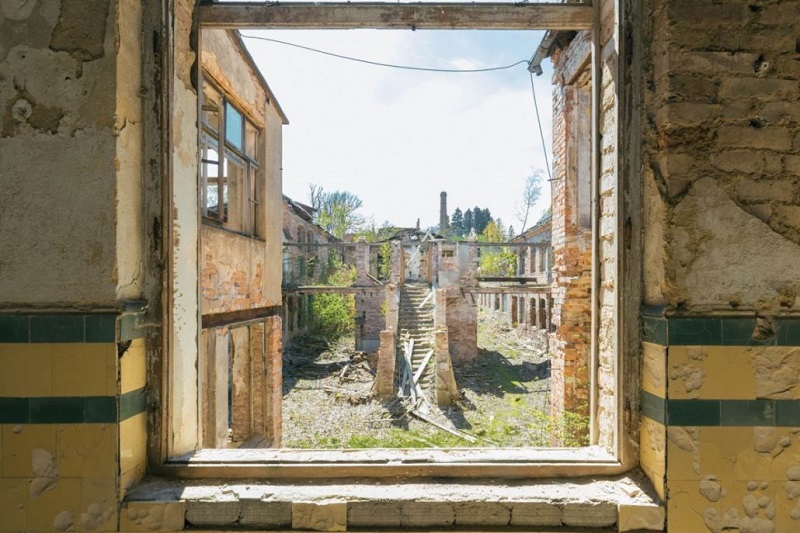
The current owner does not have the funding necessary for repairs and it’s been for sale for quite some time. Whomever purchases this will take on a huge undertaking because it has shattered windows all around, a giant roof requiring substantial reparation (most likely a complete replacement) and heavily damaged stucco decorations, most of which have fallen off already.
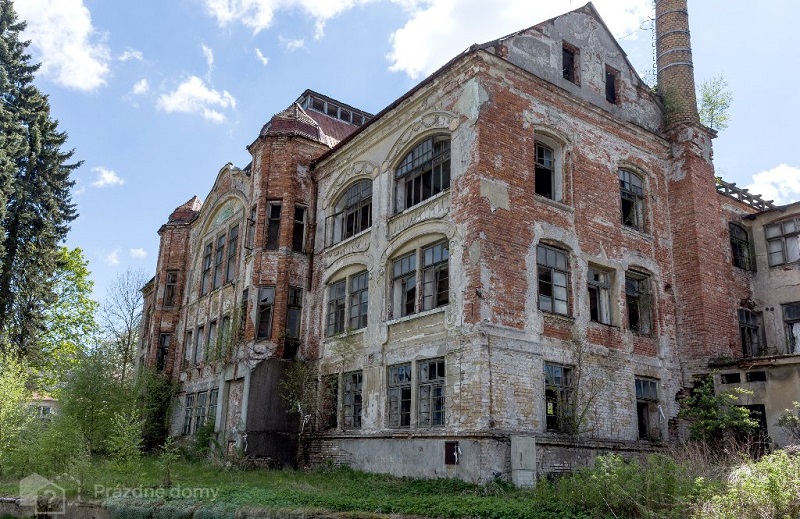
© terezasvachova.cz
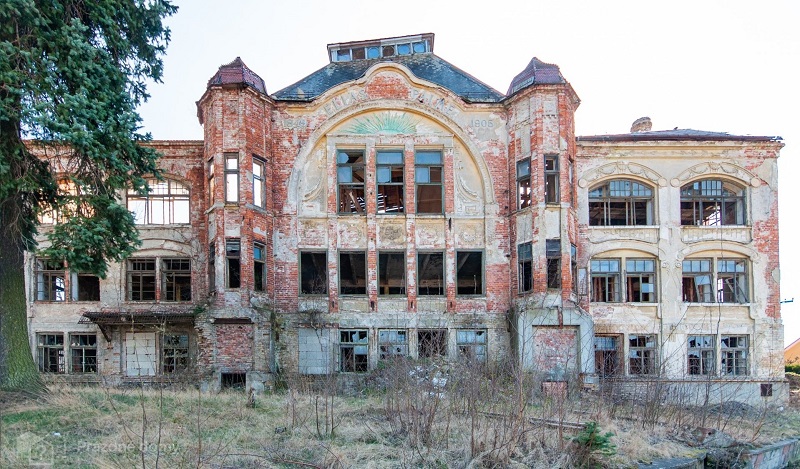
© Radomír Kočí
This once prominent feature of the town, possibly designed by Leo Kammel who was a Šenov native and a well-known project architect in Vienna, has shattered windows, a roof requiring a substantial reparation and heavily damaged stucco decorations, most of which have fallen off already.
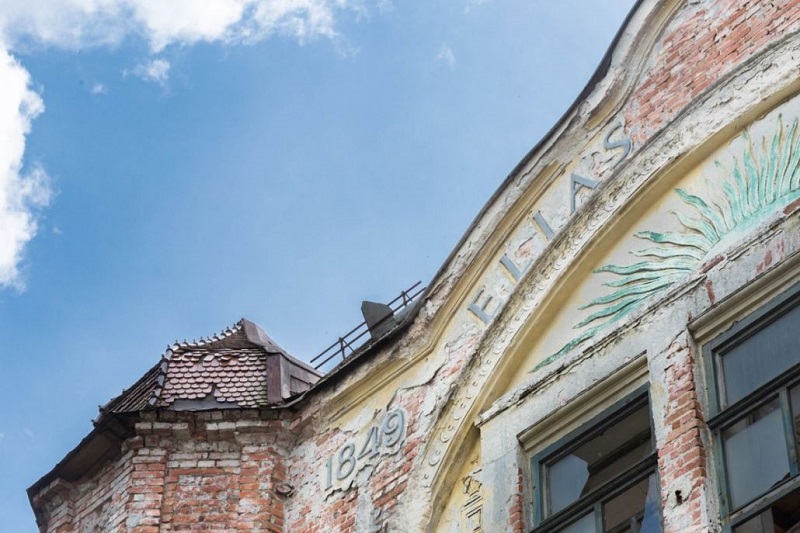
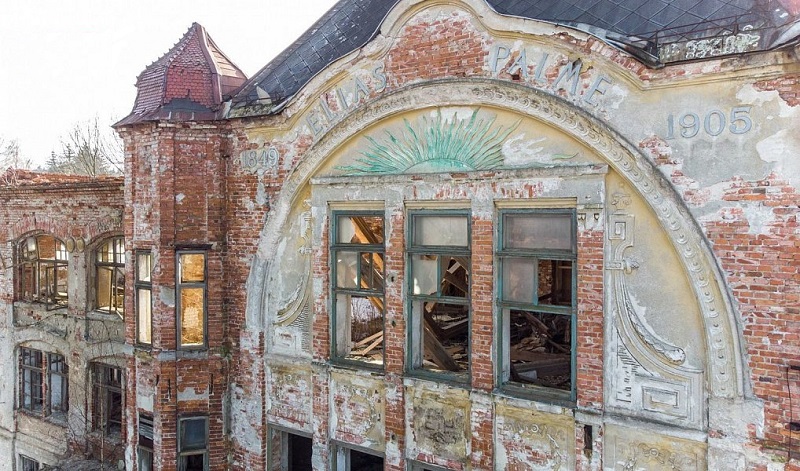

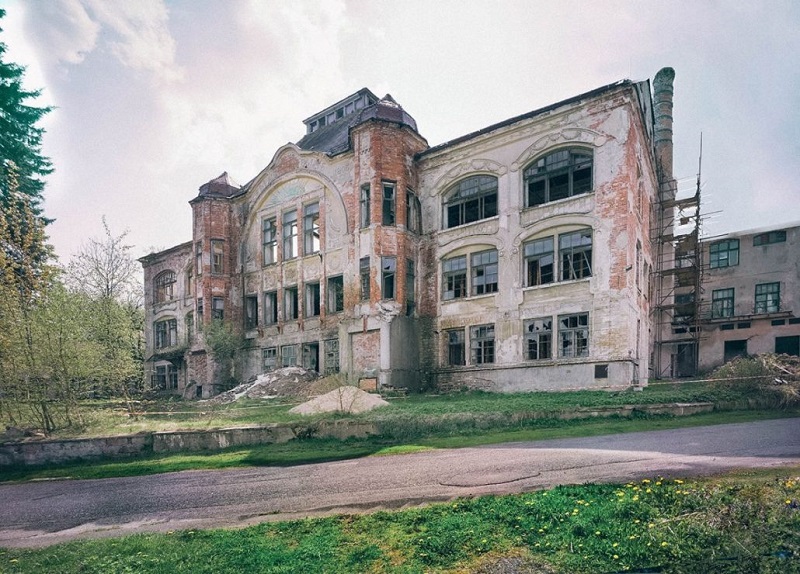
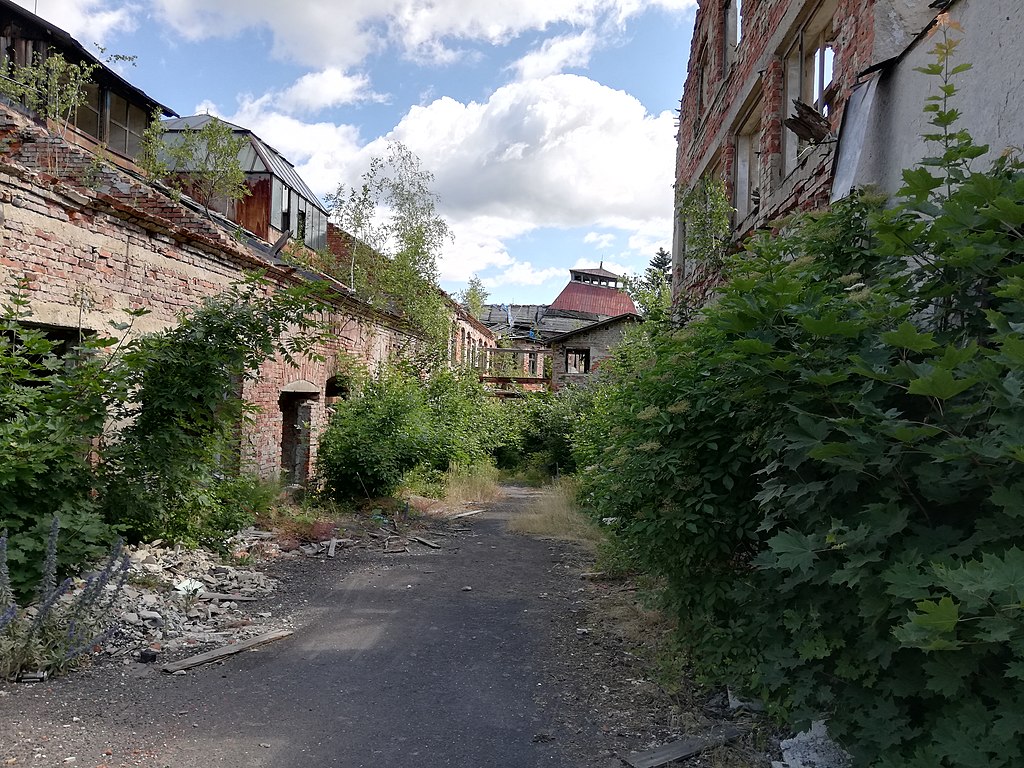
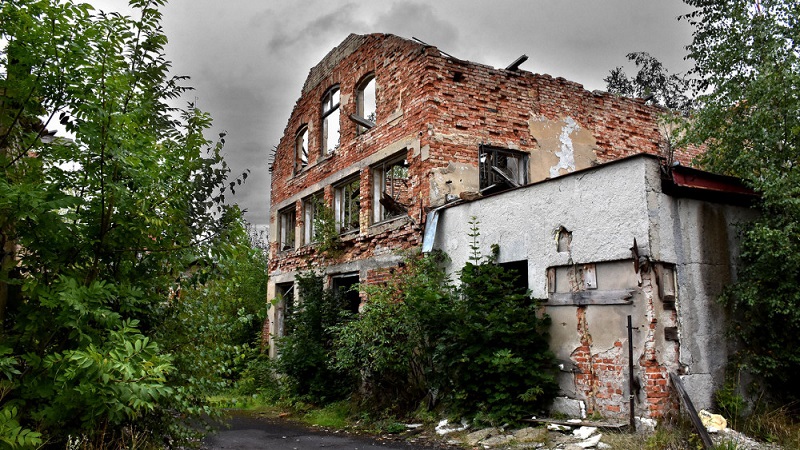
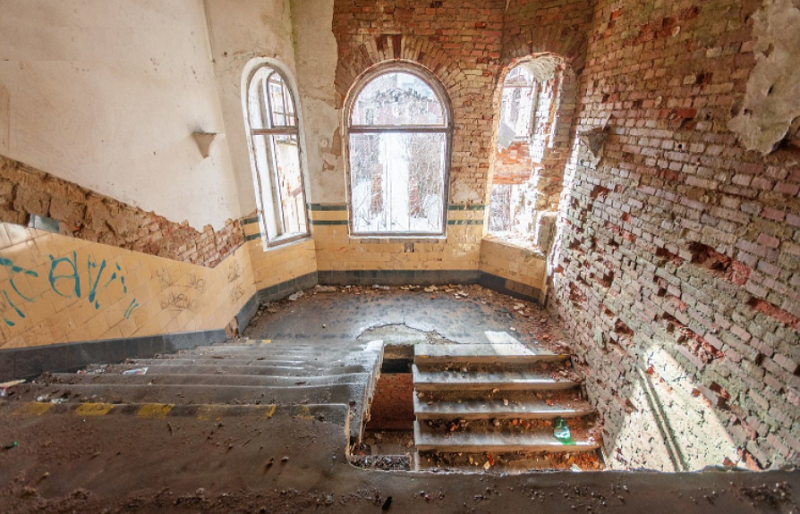
Looking at the ruins today, it is difficult to imagine that in 1928, the largest chandelier in the world at that time was transported from Kamenický Šenov to the King´s Opera in Rome. The diameter of the chandelier was ten meters.
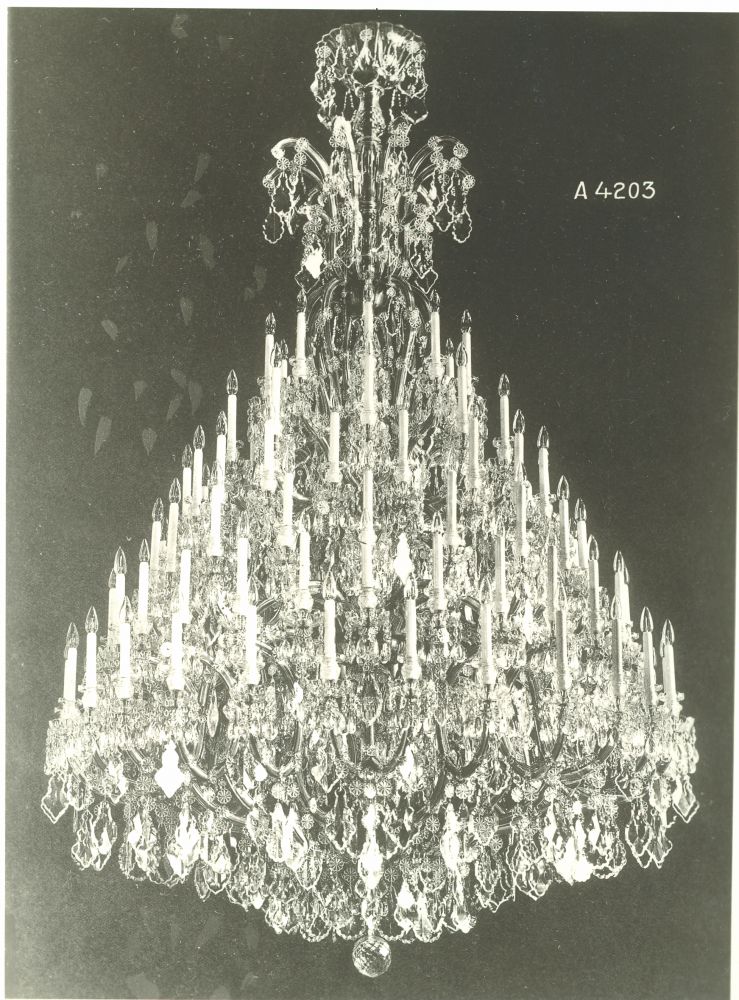
The Palme company produced chandeliers for the La Scala opera in Milano, and the Hotel Waldorf Astoria in New York.
They produced an 11m high and 6 m wide crystal chandelier for the Sydney Opera House.
They supplied lighting for the palace of the Turkish Sultan.
They illuminated the Albee Theatre in New York and The Palace of Freemasons in Copenhagen.
In the 1930’s the world lay at the company’s feet.
The name Palme shone as brightly as the chandeliers that no one else on the whole planet could produce in the same way as the glassmakers in Kamenický Šenov.
Take a tour with this video:
The last private owner of the chandelier company in Kamenický Šenov was Heinrich Palme, called Harry. He was a son of Reinhold Palme and a grandson of Elias. After World War Two, nationalization came as well as the expulsion of the majority of the Sudeten population. Harry, as an important glass expert, was allowed to stay. His wife however, had to move to Saxony. Harry was assigned an apartment in Chřibská so he could train new Czech employees in the local glassworks. And he did a great job. His wife was even allowed to return to Bohemia. After he finished his assignment in Chřibská, he moved with his wife to Prácheň, and there they lived a poor life.
In 1955, when he was dying, Harry knew that the tradition was going to survive despite war and political obstacles. He knew that the skills and crafts of glassmakers from Kamenický Šenov was not going to disappear, and his grandfather´s dream would live on. And it still lives on today.
Even today, crystal and other kinds of chandeliers or light fixtures from Kamenický Šenov get sent all around the world. The difference is that shipping crates carry the logo Preciosa Lighting, not Elias Palme & Co.
Harry Palme, the last private owner of the business. He personally designed – and his factory then produced – lighting for the Turkish Sultan’s Palace, the Royal Opera House in Rome, the Albee Theater in New York, the Freemasons’ Palace in Copenhagen, the Sydney Opera House and a giant chandelier for the German House (Deutsches Haus) in Prague. (Source: Petr Joza, State District Archive Děčín.)
It is a large complex which is rich in history. With a total of 1.64 acres, and all of those buildings, it’s definitely a large project to take on but I truly hope someone will bring it back to it’s original splendor.
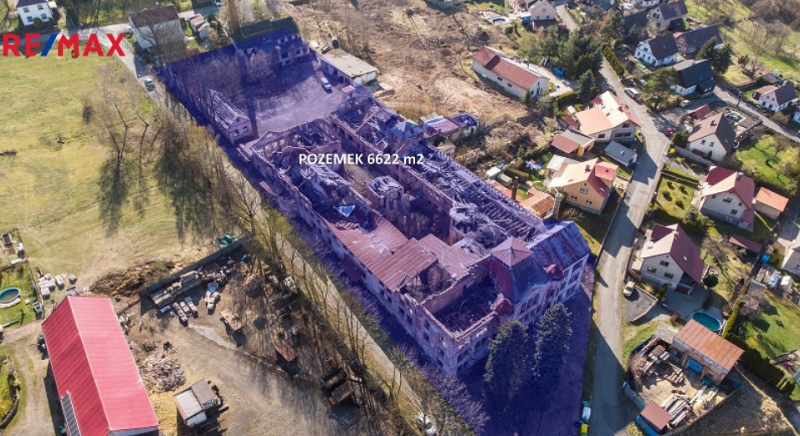
Sadly, the money it would involve to bring this back to its grandeur isn’t about only buying and renovating the ruined buildings. The annual income of the town of Kamenický Šenov in 2018 was just over 90 million crowns ($3,791,633.)
According to a strategic plan, the city needs to invest 150 million crowns ($6,319,389.) in sewerage, 10 million ($421,289) in water supply in Práchna, 80 million ($3,370,312.) in repairs of roads and sidewalks, 50 million ($2,106,445.) in footbridges and bridges and so on and so on.
The items also include the reconstruction of the Glass Museum at 40 million CZK ($1,685,014.) and the repair of the tomb of the Palme family at 4.5 million CZK ($189,564.), which are buildings that belong to the city, unlike Eliáška. Yet not everything is covered by subsidies. It is therefore clear that the purchase of Elijah and its repair, as some have suggested, are not among the city’s priorities of the city, and whomever purchases it privately needs to understand the other expenses above.
Currently, the listing price for this piece of history and large property is CZK 3,490,000 (or approx. $148,000 USD).
Side Note: In 1894, the firm received an order for a large set of cut glass furniture for one of the Palaces of the Nizam, the ruler of Hyderabad in Southern India, who was then the richest man in the world. You can read about that and see the furniture here.
Sources: 1, 2, 3, 4, 5, 6, 7, 8, 9, 10, 11, 12.
Thank you for your support – We appreciate you more than you know!
We know that you could spend hours, days, weeks and months finding some of this information yourselves – but at this website, we curate the best of what we find for you and place it easily and conveniently into one place. Please take a moment today to recognize our efforts and make a donation towards the operational costs of this site – your support keeps the site alive and keeps us searching for the best of our heritage to bring to you.
Remember, we rely solely on your donations to keep the project going.
Thank you in advance!
If you have not already subscribed to get TresBohemes.com delivered to your inbox, please use the form below now so you never miss another post.

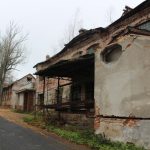
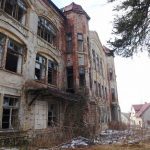
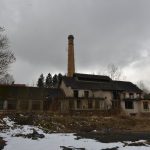
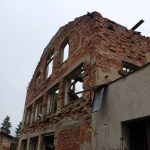
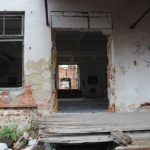
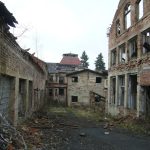
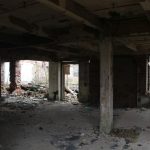
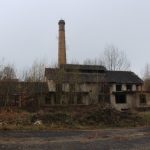
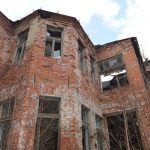
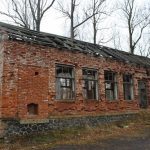
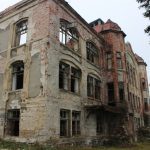
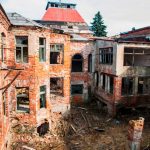
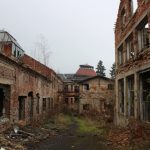
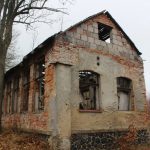
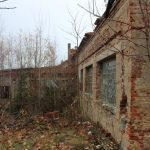
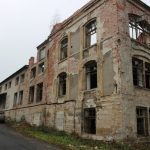



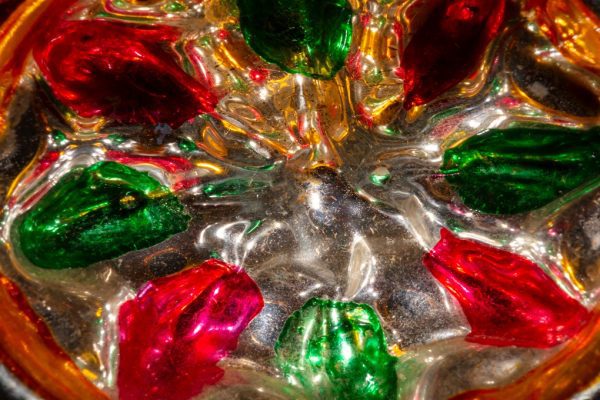
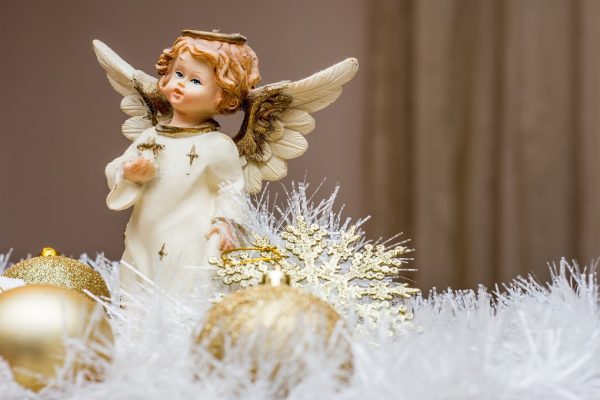
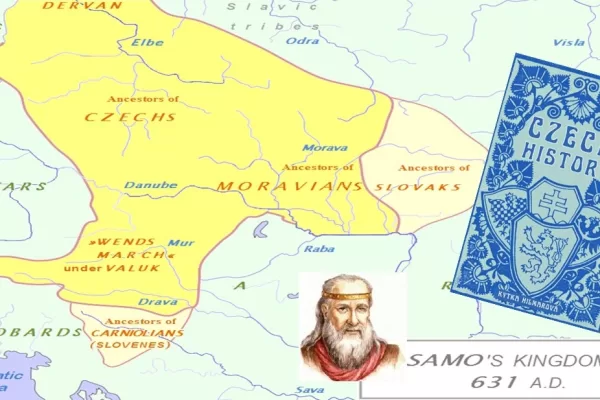















Would love to see some of the pieces produced! Thank you for sharing:)